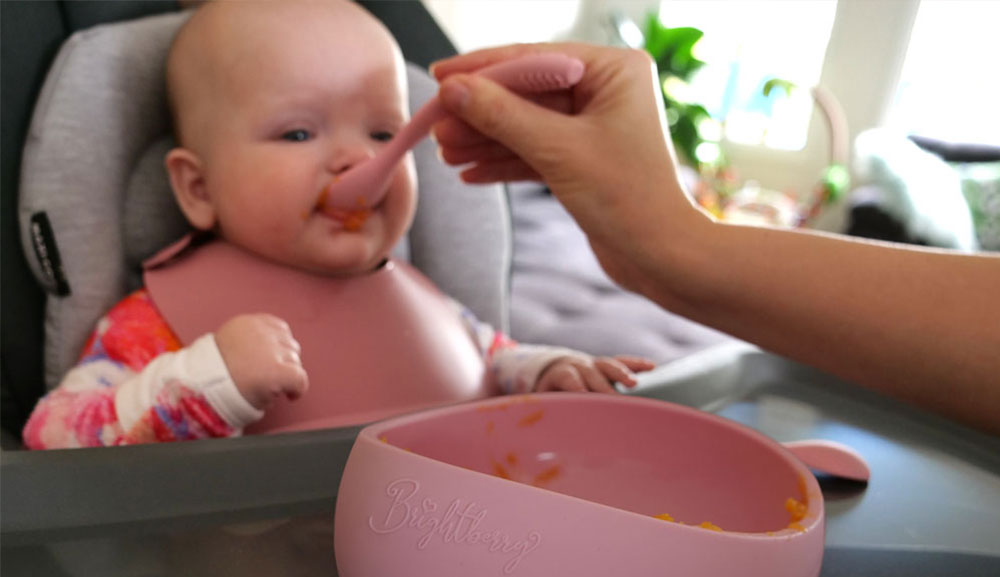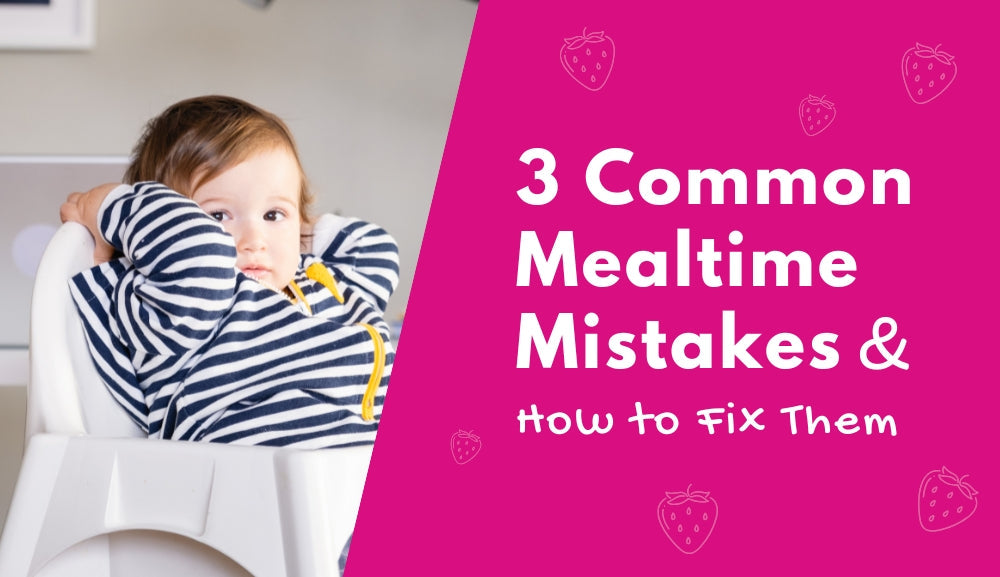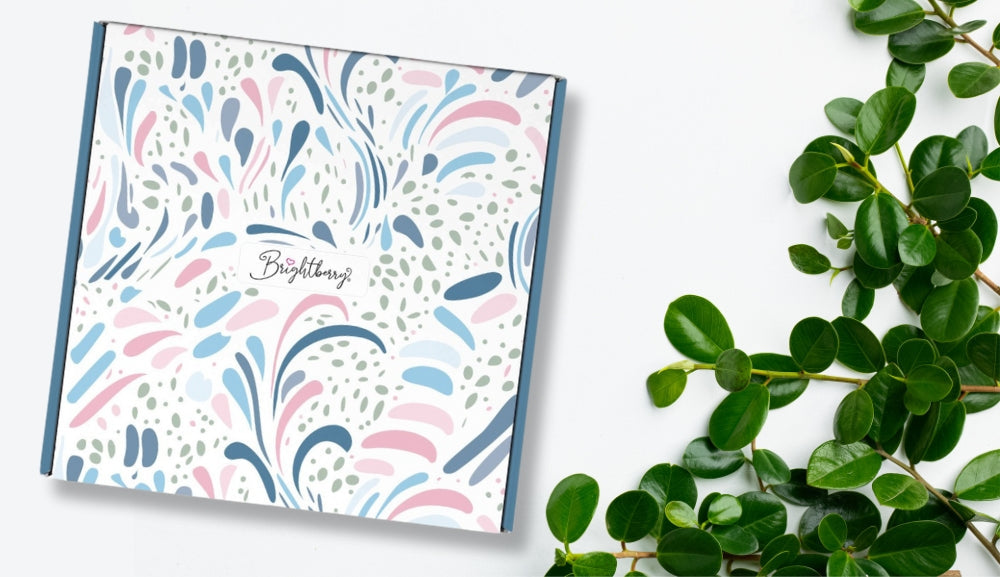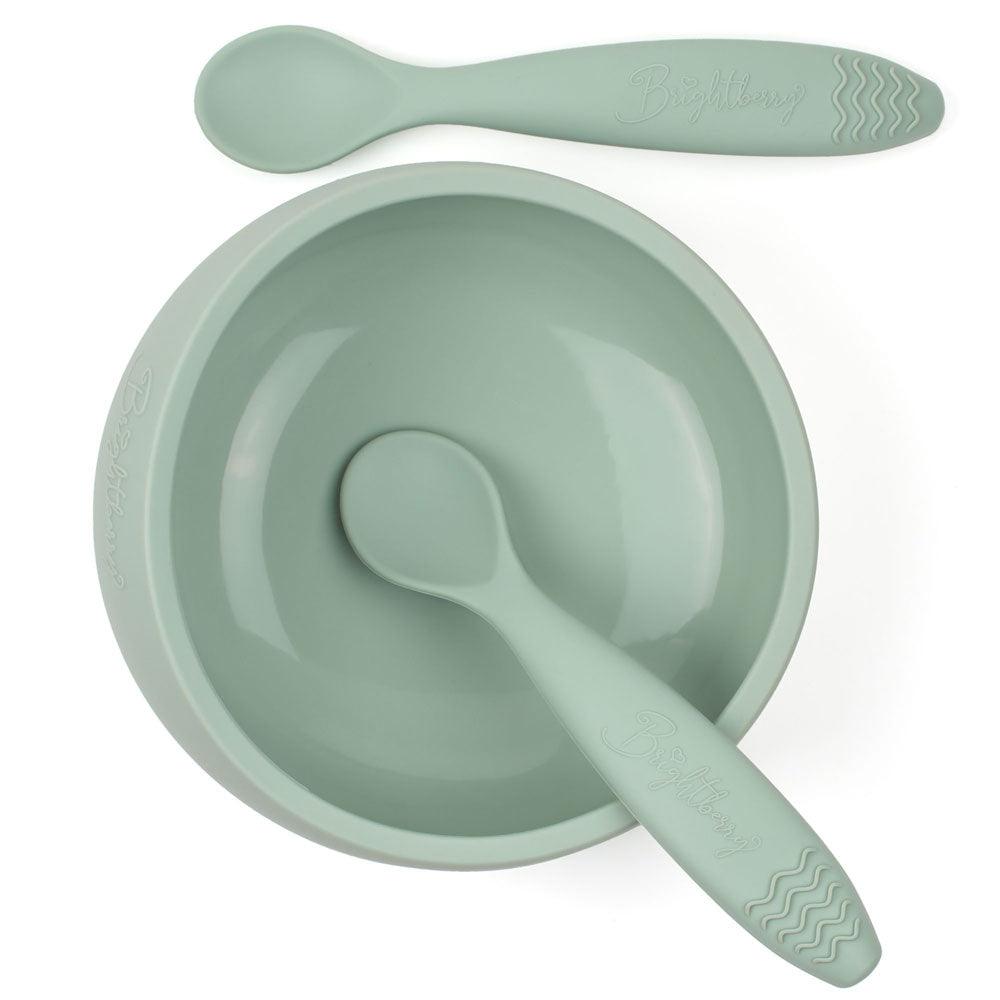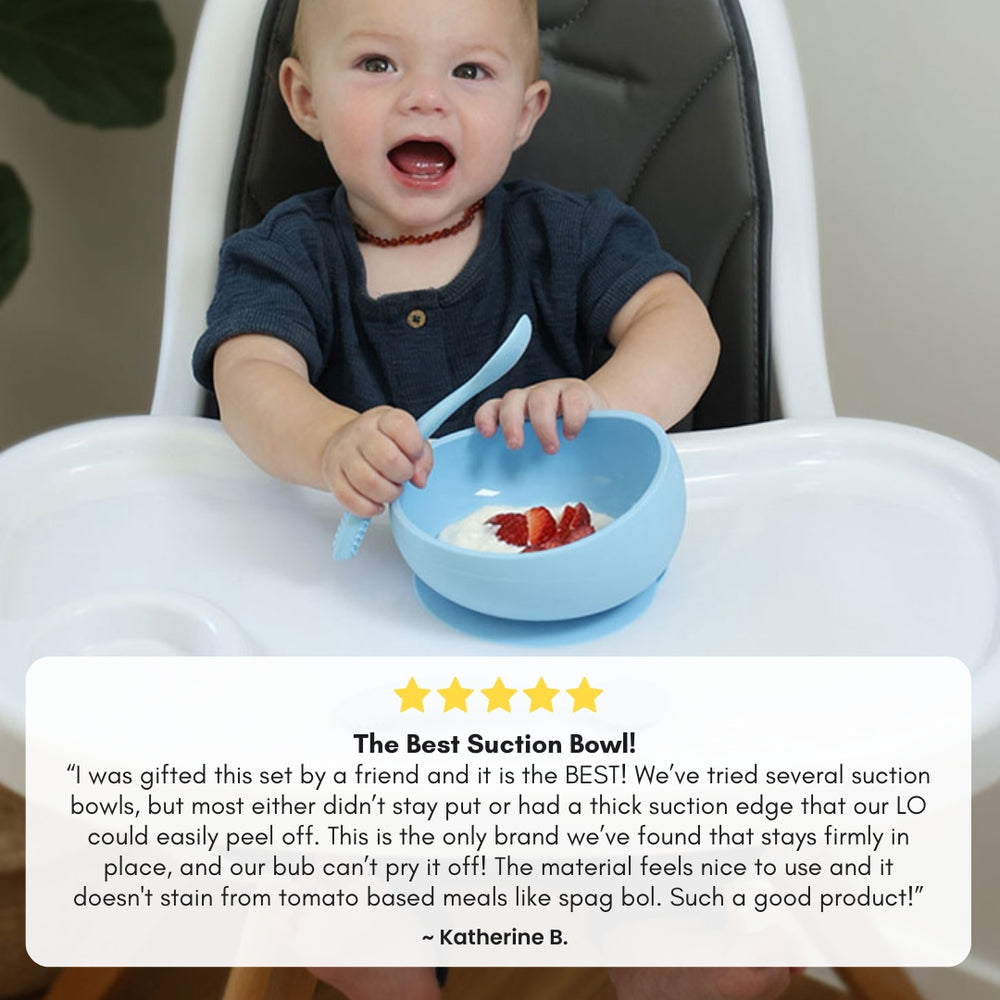Sippy Cup vs Straw Cup: What’s Better for Your Little One?
 When it’s time to move beyond bottles, many parents reach for a sippy cup. But is it really the best option for your child’s development?
When it’s time to move beyond bottles, many parents reach for a sippy cup. But is it really the best option for your child’s development?
If you’ve searched for things like “sippy cup vs straw cup” or “best sippy cup for oral development”, you’re not alone. The cup you choose can actually influence how your child eats, speaks, and learns to drink independently.
Let’s break it down.
Sippy Cups: Familiar, But Not Always Functional
Sippy cups are designed to stop spills, but they don’t support the oral development skills babies need after weaning.
✘ Encourage sucking (like a bottle) rather than sipping
✘ Can interfere with proper tongue and lip movement
✘ May delay speech and drinking milestones
✘ Often leak or grow mould in hard-to-clean spouts
That’s why feeding and speech therapists often recommend phasing out sippy cups sooner rather than later.
Why Straw Cups Are Recommended by Experts
Straw cups help babies and toddlers develop the muscles they’ll use for speaking, chewing, and safe swallowing.
✔ Encourage tongue elevation and lip closure
✔ Support oral motor coordination
✔ Activate facial muscles essential for speech
✔ Promote proper sipping technique, like with an open cup
In short, straw cups give your child a strong foundation for feeding and communication.
Not All Straw Cups Are Equal…
Many straw cups sound great until your toddler drops it... and the lid pops off.
Or pulls the straw out mid-sip (and flings smoothie on the ceiling).
And when it’s finally time to clean it, the straw and valve setup feels like a science experiment

That’s Why We Designed the Brightberry Smoothie Cup
Correct lip placement is crucial for maintaining teeth alignment and preventing adverse impacts on teeth development. The Brightberry Smoothie Cup is designed to support this proper alignment, unlike the continuous use of sippy cups, which might place undue pressure on the upper teeth, potentially leading to dental misalignments and speech challenges.
The Brightberry Smoothie Cup: A Blend of Fun and Functionality
We took everything parents told us they wished straw cups had, and actually made it happen.
✅ Less mess on your floors = secure lid
✅ No more flicked straws = built-in straw stopper
✅ Smooth suction with no clogs = wavy straw tip
✅ Safe for little ones and easy to clean = non-slip, unbreakable, dishwasher-safe silicone
Designed in Australia by parents and experts, and built for real life.
Making the Right Choice
Sippy cups are convenient. But straw cups help your child drink, speak, and eat better.
If you're deciding between the two — and want one that’s easy to clean, leak-resistant, and toddler-proof…
👉 Explore the Brightberry Smoothie Cup
Frequently Asked Questions
At what age should I introduce a straw cup?
Most babies can start practising with a straw from 6 months onward, especially with soft silicone options.
Are straw cups really better for speech development?
Yes. They activate oral muscles used for speech and promote proper tongue and lip positioning, unlike spouted cups.
My baby bites the straw. Is that okay?
Yes! It’s common. A soft silicone straw (like Brightberry’s) is gentle and safe for teething babies.
Do straw cups spill?
It depends on the design. Ours has a secure lid and a stopper to prevent spills and straw flicking.
Why not just use an open cup?
Open cups are great, but can be messy for little ones on the go. Straw cups offer a practical, developmentally supportive transition.
You might also like:
👉 Smoothie Cups: The Best Options for Toddlers, Kids, and Babies
👉 A Parent's Guide To Helping Kids Learn To Drink Independently


